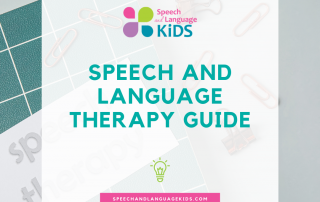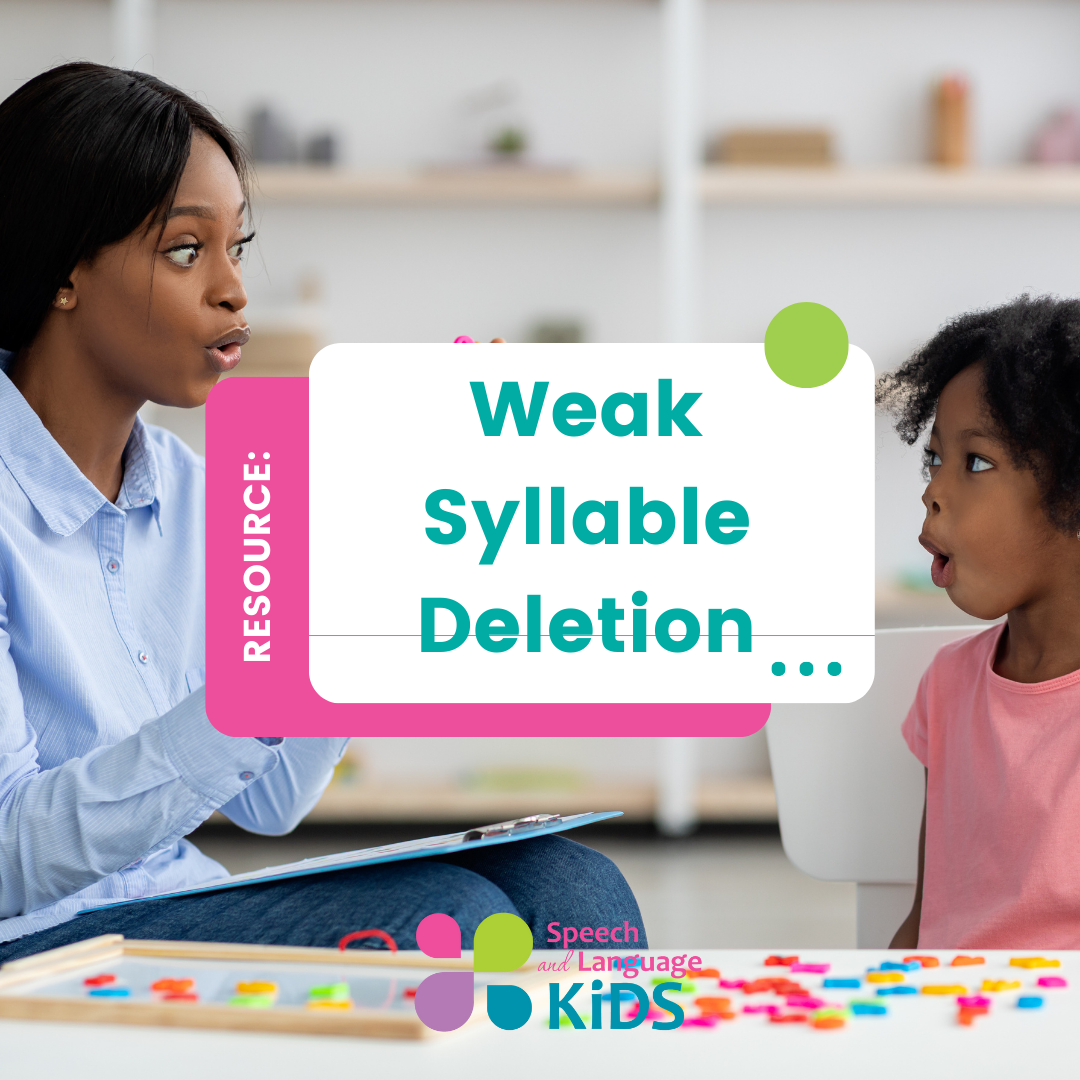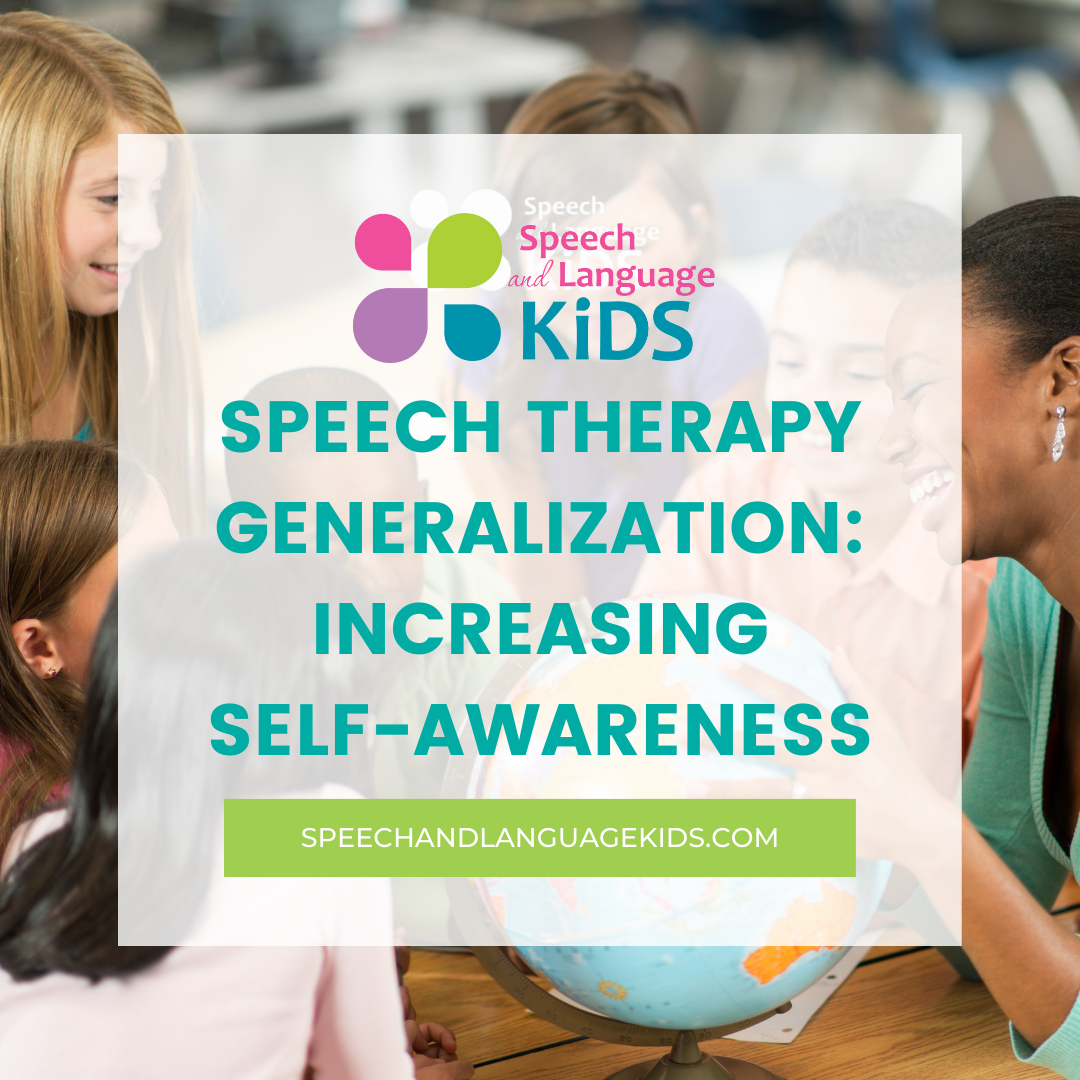Topic:
Resource Type:
Results:
How to Teach Irregular Past Tense Verbs to Children
How to Teach a Child to Use Irregular Past Tense Verbs: In this video, speech-language pathologist Carrie Clark shows you how to teach a child to use irregular past tense verbs. Join the Hub to Access (Free Trial) Sample Goal for
Sequencing Activities for Kids | Sequencing Skills
Join the Hub to Access Sequencing Activities for Kids Sequencing is the skill that we use when we break down an event into simple steps and put those steps in order. We need sequencing skills to talk about something that
5 Tips for Eliciting the /k/ and /g/ Sounds in Speech Therapy
Do you have any children struggling to say those tricky /k/ and /g/ sounds? Jenna Rayburn from Speech Room News is here to help! Check out these 5 tips...ok, well it's really more like 7 or 8 tips...to help your children or students say that tricky /k/ and /g/
Stuttering Therapy Techniques | Exercises and Activities
Stuttering Therapy Techniques: The purpose of speech therapy for children who stutter is to help them learn how to communicate effectively and easily. Sometimes that means eliminating the stutter all together, such as with preschoolers experiencing developmental disfluencies. But often, especially for our older clients, the stuttering may
Childhood Apraxia of Speech Goals | CAS Speech Therapy
What is Childhood Apraxia of Speech (CAS)? CAS is a rare, neurologically-based speech disorder where the child knows what he wants to say but the message gets mixed up in the motor planning and execution phase so the sounds come out all wrong. Imagine it's like you're
Speech and Language Therapy Guide PLUS All-In-One Articulation Program and Materials Kit
⬅ Back to Speech and Language Kids Store View Shopping Cart Add to Cart Speech and Language Therapy Guide PLUS All-In-One Articulation Program and Materials Kit eBook Our two most popular products together! Worksheets and
Speech and Language Therapy Guide
⬅ Back to Speech and Language Kids Store View Shopping Cart Add to Cart Speech and Language Therapy Guide PLUS All-In-One Articulation Program and Materials Kit eBook. My two most popular products together! Speech and Language
Supporting Details and Main Idea Examples & Teaching Tools
Main Idea and Supporting Details This learning guide will demonstrate how to help a child learn to identify main idea and supporting details in a written text as well as to include them in their own writing. We'll provide examples and definitions along the way. We use
Articulation and Phonological Therapy Approaches: How to Choose
Articulation and Phonological Therapy Approaches: What is the Best Speech Sound Therapy? It can be very difficult to figure out what type of speech sound therapy to do with a child. Today, I'm going to walk you through the four main types of therapy and when to
Cycles Approach for Speech Therapy | Steps and Therapy Plan
What is the Hodson Cycles Approach to Speech Therapy? An amazing speech-language pathologist named Barbara Hodson created the cycles approach, sometimes called the Cycles Phonological Remediation Approach as a way to help children with many phonological processes make faster progress in speech therapy. Hodson's research showed that
Establishing Joint Attention: Therapy for Children Who Aren’t Tuned In
Establishing and Improving Joint Attention in Children Join the Hub to Access (Free Trial) Johnny doesn’t pay attention to other people. He doesn’t notice the other children that play around him and when an adult tries to get his attention,
Weak Syllable Deletion: Speech Therapy for Syllable Reduction
Weak Syllable Deletion: How to Treat Syllable Reduction in Children Unstressed syllable deletion, also known as weak syllable deletion or syllable reduction, is the phonological process that occurs when a child deletes one or more syllables from a multisyllabic word. For example, "umbrella" might become "brella". This is
Idiom, Figurative Language Speech Therapy Activities
How to Teach Idioms and Figurative Language to Kids and Teens Have you been bending over backwards trying to teach your students idioms? Are they left high and dry when idioms are used in their classrooms? Well I’m going to take the bull by the horns and knock your
Frontal Lisp/Interdental Lisp | Speech Therapy Ideas & Word Lists
What Is a Frontal Lisp? Let’s start at the beginning. A frontal lisp, also known as an interdental lisp, occurs when a child says the /s/ and /z/ sounds with the tongue pushed too far forward. This causes /s/ and /z/ to sound more like “th”. Frontal
Final Consonant Deletion | Activities, Words, and Goals
What is Final Consonant Deletion? Final consonant deletion is a phonological process (pattern of speech errors) where a child drops off the ending consonants of all words. Final Consonant Deletion Examples: “dog” becomes “dah” “cat” becomes “ca” And “Please Mom, can I eat some eggs and toast?”
Phonological Awareness Hierarchy, Skills, and Goals
What is Phonological Awareness? Phonological awareness refers to a set of skills that children typically develop in the preschool years as pre-reading skills. These include skills where the child begins to understand how words are made up of individual sounds and those sounds can be
Speech Therapy Generalization: Boosting Self-Awareness to Increase Carry-Over
Speech Therapy Generalization: Boosting Self-Awareness to Increase Carry-Over In episode 25 of the Speech and Language Kids Podcast, speech-language pathologist Carrie Clark discusses how to increase self-awareness and carry-over skills for children who do not pay attention to if they are saying things correctly or not.
Phonological Processes: Definition, Examples, and Therapy
What Are Phonological Processes? Phonological processes are patterns of sound replacements that children use to simplify their speech. When a child is young, he hears the speech sounds of the language used around him, but he can't yet produce all of them. Children don't sound like adults when they
Initial Consonant Deletion: Minimal Pairs and Therapy Activities
What is Initial Consonant Deletion? Initial consonant deletion is the phonological process when a child consistently leaves off consonants from the beginning of words. For example, "stick" becomes "ick" and "tree" becomes "ee". While young children often leave consonants off of the ends of
PECS for Autism | Speech Therapy Phases and Strategies
What are PECS? PECS stands for Picture Exchange Communication System. PECS is a systematic way to teach a child how to communicate with someone else by handing them a picture of what they want. This program was originally designed for children with autism but can be used


























